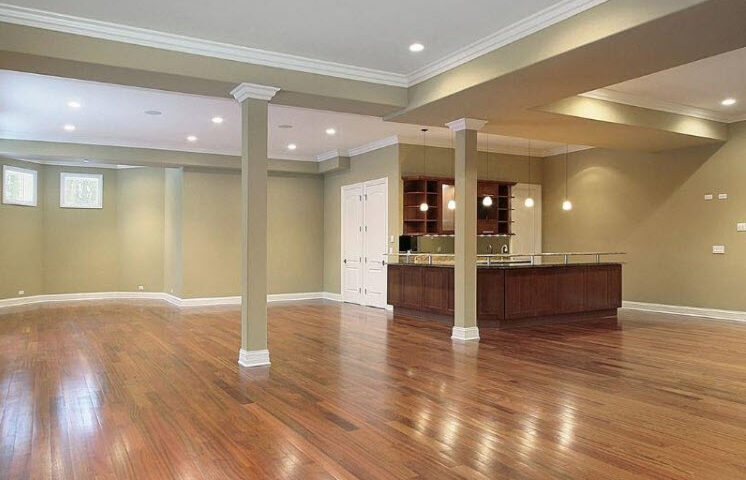If you live in a home with a basement, you may want to utilize that space as more than just a cellar, but how do you start renovating it into a livable space?
Any basement that can be furnished and made comfortable becomes a bonus room in the house. Sometimes, as kids age, it’s easier to move their bedrooms and play areas downstairs, so they no longer have to share a room. Other people create guest suites or recreation rooms in their basements. No matter which option you choose, here are a few tips for turning your basement into a living space.
Measure Everything
The first thing you’ll want to do is measure everything in order to be able to plan what will fit in the space and what will not. Measure wall to wall and ceiling to floor. Additionally, you’ll have to measure the spaces where you’d want to add furniture or facilities.
Inspect Plumbing and Electrical
Before installing walls over studs, be sure to inspect all plumbing and electrical systems. The last thing you want to do is build the space, only to have to tear something down due to faulty plumbing or wiring.
Add Insulation
Insulating the ground and walls will help protect against noise and low temperatures. There are a variety of common materials to help with this step, so you’ll want to consider what’s best for your basement. You’ll need to implement vapor barriers to prevent the spread of moisture throughout the basement.
Include Proper Ventilation
Airflow and ventilation are important. This will prevent fumes from heaters or cooking equipment from accumulating in the space. It will also keep the basement fresher.
Test for Radon
Radon is present in one out of every fifteen homes in the US. It is a chemical element that is radioactive yet undetectable to humans without a testing kit. Basements should be tested before being transformed into a living space.
Check for Pests and Rot
Before installing walls and flooring or putting in furniture, you’ll want to check for pests and rot. Eradicating these potential issues before moving forward is essential. Replace rotten materials and investigate the source of the water or damage. Likewise, patch any holes pests where may have entered.
Install Durable Walls
You’ll want your walls to retain heat, be moisture-resistant, and be durable. Instead of drywall, consider using wall panels and foam boards after adding framing and insulation to the walls.
Upgrade Flooring
After inspecting the foundation, you’ll want to install flooring over the concrete. Often, wood flooring doesn’t work in basements because of moisture that leads to warping. However, vinyl plank flooring is an option. It’s easy to install, can look like wood, and is moisture-resistant while still being able to retain heat. Carpet and laminate are other viable options.
There are many tips for turning your basement into a living space. Many of the decisions After ensuring the perimeter of the room is secure, many of the subsequent decisions are purely cosmetic and subject to your personal preferences. Whether or not to have a laundering area, a kitchenette, or bathroom and how to utilize lighting and storage are all steps you’ll need to consider. Whichever direction you go, your bonus room is sure to be a step up from what it once was.
- Laker Men’s Basketball Handle Kuyper 88-55 - December 23, 2024
- MYWAY Sault Bridge Brawl & NEMWA Regional Results - February 22, 2024
- Crawford County Prosecutor clears State Trooper in the fatal shooting of man earlier this month - February 23, 2023




